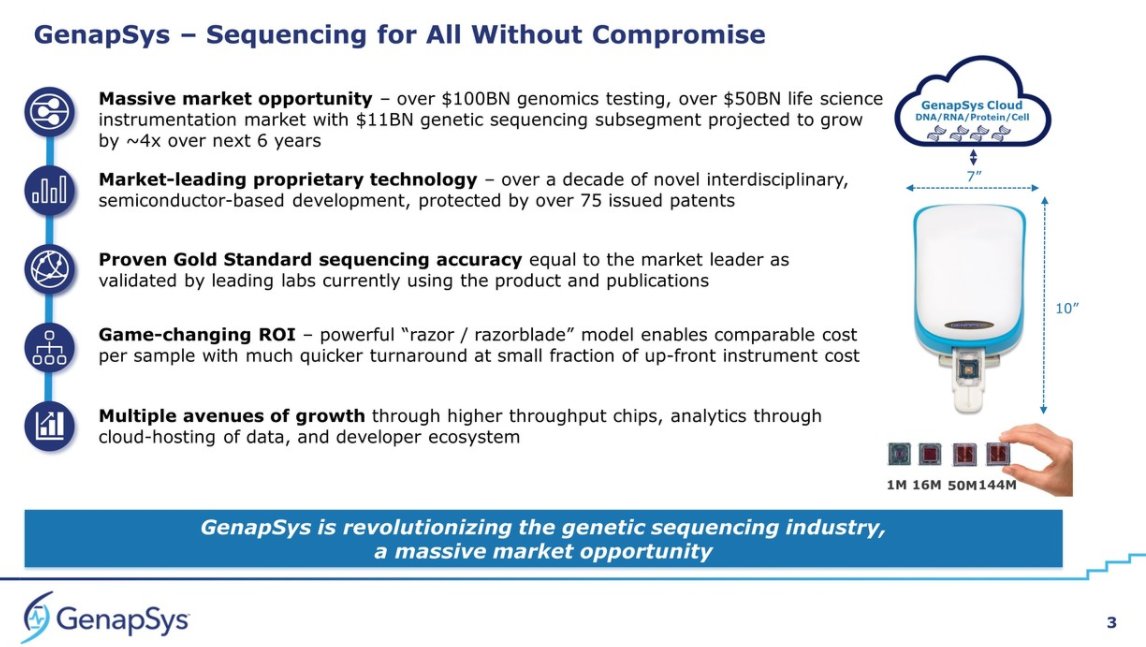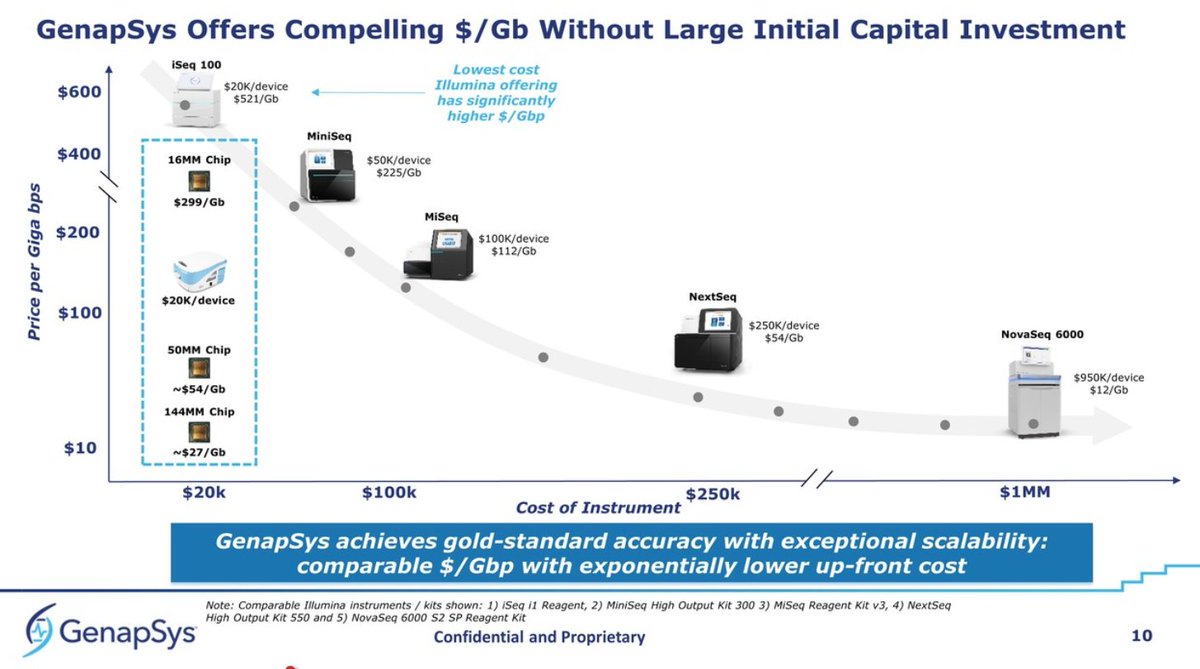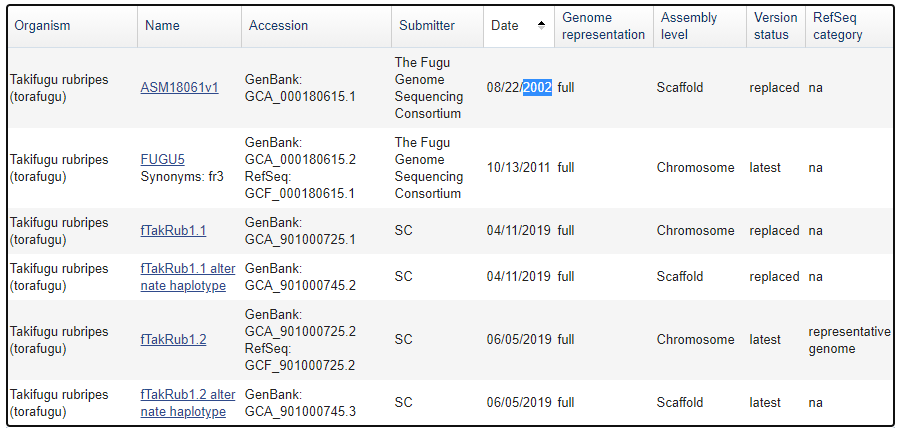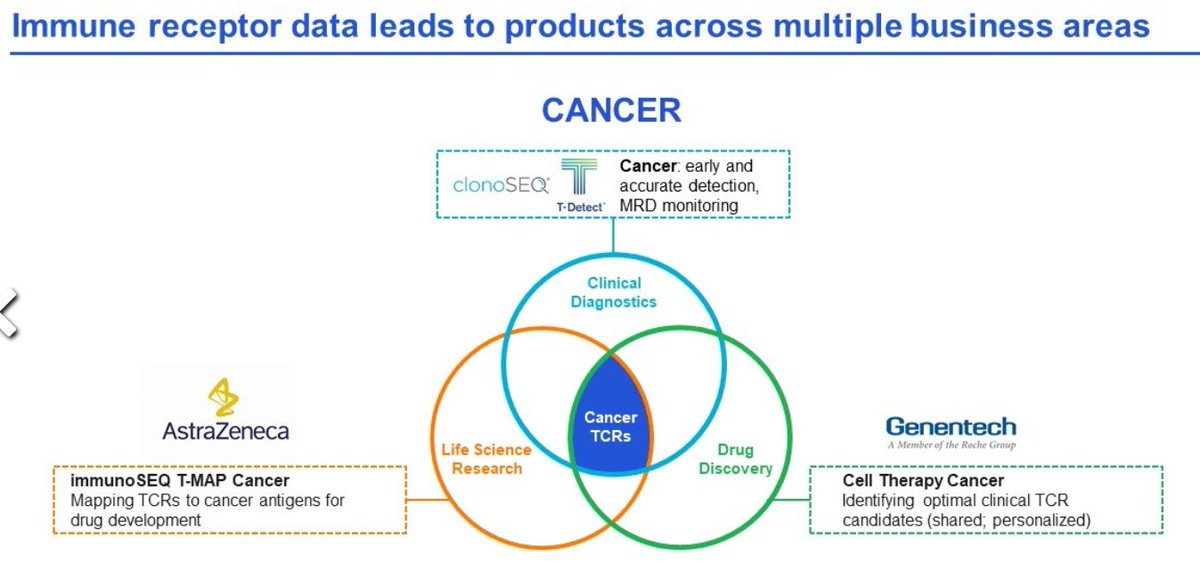
#JPM2021 @carisls My Highlights: in the #CancerDiagnostics area, they position themselves favorably wrt Foundation medicine, Tempus, and Personalis (haven't heard of NEO before). 

They put #LiquidBiopsy at the end of this trajectory slide: (couldn't see any years in milestones for this) 

No indication that #Caris are pursuing #Epigenomics profiling of #LiquidBiopsy: they mention exome and transcriptome in their slides. 

• • •
Missing some Tweet in this thread? You can try to
force a refresh















